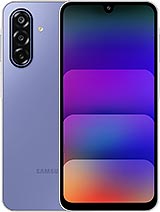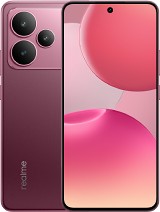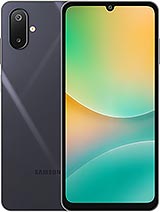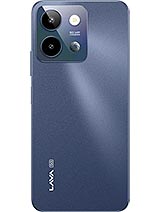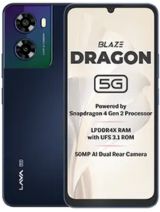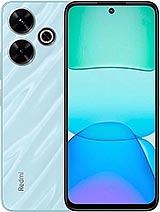Redmi 13 alternatives
Tap above to see alternatives.
Samsung Galaxy F06 5G alternatives
Tap above to see alternatives.
Samsung Galaxy F06 5G

Samsung Galaxy F06 5G
-
Dimensity 6300
6 nm
-
4999 mAh
23W
-
6.7"
720 x 1600 pixels
-
50 MP
1080p@30/60fps
- Specs
2x2.2 GHz Cortex-A78
6x2.0 GHz Cortex-A55
2x2.4 GHz Cortex-A76
6x2.0 GHz Cortex-A55
8GB 128GB (UFS 2.2)
8GB 256GB (UFS 2.2)
6GB 128GB (UFS 2.2)
f/1.8, (wide), 0.64µm, PDAF
2 MP
(depth)
f/1.8, (wide), PDAF
2 MP
f/2.4, (depth)
f/2.5, (wide)
f/2.0, (wide), 1/4.0", 1.12µm
SIM1: Nano, SIM2: Nano (Hybrid)
SIM1: Nano, SIM2: Nano (Hybrid)
7 5G bands
n1, n3, n5, n8, n28, n40, n78
12 5G bands
n1, n3, n5, n7, n8, n26, n28, n40, n41, n66, n77, n78
In this performance comparison, the Redmi 13 with its Qualcomm Snapdragon 4 Gen 2 AE (4nm) performs better than the Samsung Galaxy F06 5G with the Mediatek Dimensity 6300 (6nm), thanks to superior chipset efficiency.
Samsung Galaxy F06 5G offers 4 years of OS updates, whereas Redmi 13 provides 2 years. For security updates, Samsung Galaxy F06 5G offers 4 years of support compared to Redmi 13's 3 years.
Both Redmi 13 and Samsung Galaxy F06 5G use LCD screens. In terms of smoothness, Redmi 13 offers a higher 120 Hz refresh rate, ensuring fluid scrolling and animations. Samsung Galaxy F06 5G also boasts a brighter screen with 800 nits of peak brightness, enhancing outdoor visibility. Notably, Redmi 13 offers a higher screen resolution, resulting in sharper visuals and more detailed content.
Redmi 13 comes with a larger 5030 mAh battery, which may offer longer usage on a single charge. Redmi 13 also supports faster wired charging at 33W, compared to 23W on Samsung Galaxy F06 5G.
Redmi 13 includes an IP53 rating, while Samsung Galaxy F06 5G lacks an official IP rating.
- Redmi 13 – Check price here
¹ Scores can vary even with the same chipset due to RAM, thermals, and software optimization.

